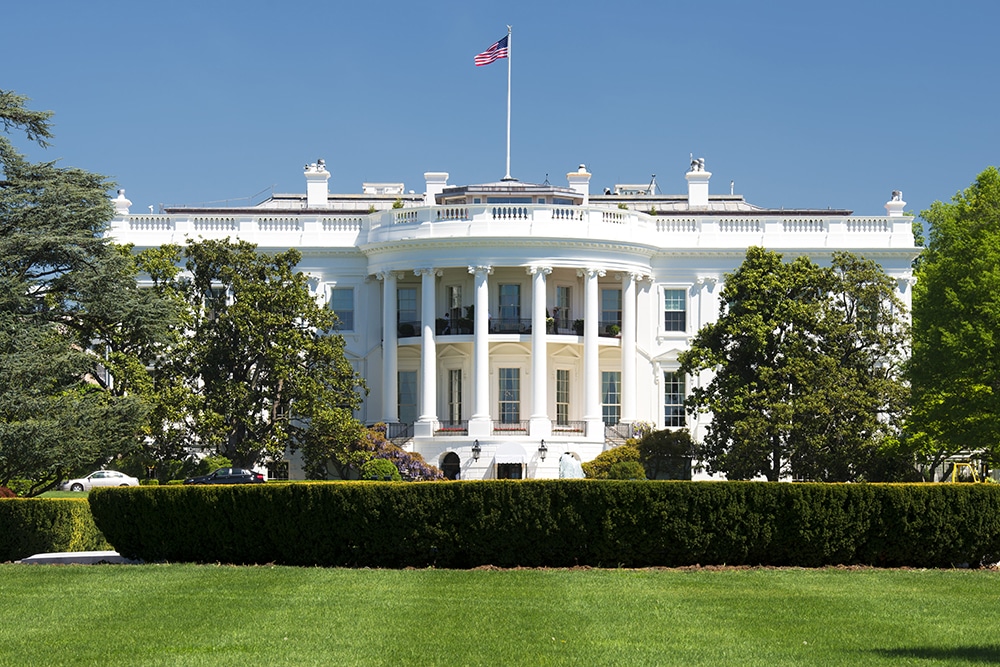Pope Francis released his latest encyclical, Dilexit Nos (“He Loved Us”), on Oct. 24, offering the Church a striking new reflection on the transformative love of the Sacred Heart.
The encyclical focuses, among other things, on the human heart, saints devoted to the Sacred Heart, and making reparation. The pope urges Catholics to repair not only their personal relationships with God but also the social wounds inflicted by sin in the world. The new document is meant to be understood in tandem with Pope Francis’ previous two encyclicals, “Laudato Si’, on Care for Our Common Home” and “Fratelli Tutti, on Fraternity and Social Friendship.”
In Dilexit Nos, Pope Francis builds upon the teachings of Saint John Paul II, who called for a “civilization of love” to rise from the ruins of violence, selfishness, and indifference. The document underscores the urgent need for both personal conversion and societal healing, rooted in the devotion to Christ’s Sacred Heart.
Here are 10 things you need to know about Dilexit Nos:
1. Dilexit nos is the fourth encyclical letter written by Pope Francis.
His other encyclicals are Fratelli tutti (October 3, 2020), Laudato si’ (May 24, 2015) and Lumen fidei (June 29, 2013).
2. The latest encyclical is 28,000 words.
Dilexit Nos is much shorter than Fratelli Tutti and Laudato Si’ (43,000 and 40,000 words, respectively).
3. Saints devoted to the Sacred Heart receive special attention in the document.
These include Sts. Francis de Sales, Margaret Mary Alacoque, Claude de La Columbière, Charles de Foucauld and Thérèse of Lisieux.
4. There’s a unique literary reference in the document.
Quoting the theologian Romano Guardini, Pope Francis makes mention of Nikolai Stavrogin, a character from the Russian novelist Fyodor Dostoyevski’s novel “The Demons” (12).
5. Pope Francis argues the heart is where the deepest questions of meaning are asked.
“In this age of artificial intelligence, we cannot forget that poetry and love are necessary to save our humanity” (20).
6. The new encyclical emphasizes the Sacred Heart as Christ’s heart.
Pope Francis says, “While the depiction of a heart afire may be an eloquent symbol of the burning love of Jesus Christ, it is important that this heart not be represented apart from him” (54). For the pope, we can’t overlook that Christ is inviting us to dialogue and trust.
7. Love of the Sacred Heart is Trinitarian.
The Holy Spirit unites us to the heart of Christ in grace, allowing us to call out to the Father. “Our relationship with the heart of Christ is thus changed, thanks to the prompting of the Spirit who guides us to the Father, the source of life and the ultimate wellspring of grace” (77).
8. Pope Francis calls for a renewal in Eucharistic devotion, suggesting one aid might be promoting the practice of receiving holy Communion on the first Friday of each month.
“Amid the frenetic pace of today’s world and our obsession with free time, consumption and diversion, cell phones and social media, we forget to nourish our lives with the strength of the Eucharist” (84).
9. The pope emphasizes love for the Sacred Heart is connected to lived Christian charity.
“In contemplating the pierced heart of the Lord, who “took our infirmities and bore our diseases” (Mt 8:17), we too are inspired to be more attentive to the sufferings and needs of others and confirmed in our efforts to share in his work of liberation as instruments for the spread of his love” (171).
10. Christian service must flow from Christ’s heart.
Jesus is the source of our Gospel charity: “Acts of love of neighbor, with the renunciation, self-denial, suffering and effort that they entail, can only be such when they are nourished by Christ’s own love” (203).








